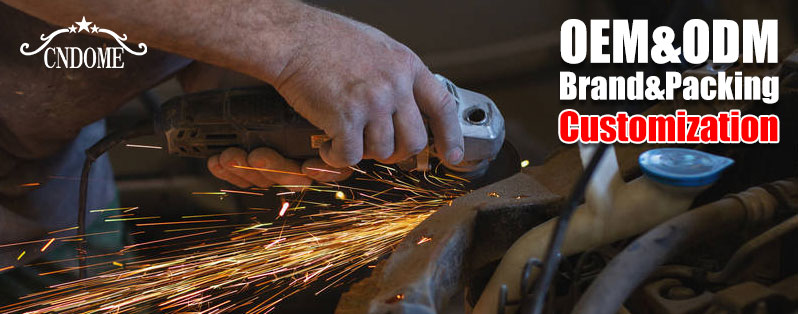Aluminum oxide grinding wheel is among the most commonly used abrasive tools in industries ranging from metalworking to woodworking. Known for their durability, affordability, and versatility, these wheels are a staple in applications requiring precision and efficiency. Here’s a comprehensive look at what makes aluminum oxide grinding wheels so popular and effective.
What is an Aluminum Oxide Grinding Wheel?
Aluminum oxide is a synthetic abrasive material known for its hardness and toughness. When bonded into a grinding wheel, it provides exceptional cutting and grinding capabilities. These wheels are available in a variety of grit sizes, densities, and bonding materials to suit specific applications.
Key Features and Benefits
- Durability
Aluminum oxide is a hard and wear-resistant material, ensuring the wheel can withstand heavy grinding tasks without breaking or losing its abrasive properties. - Versatility
These grinding wheels can be used on a wide range of materials, including:- Ferrous metals (e.g., steel, cast iron)
- Non-ferrous metals (with certain types)
- Wood and plastics (in woodworking applications)
- Cost-Effectiveness
Compared to other abrasives like silicon carbide or diamond, aluminum oxide wheels offer an excellent balance of performance and affordability. - Customizable Grits and Bonds
- Coarse grits are ideal for removing large amounts of material.
- Fine grits are used for achieving smooth finishes or sharpening tools.
- Bond types (e.g., vitrified or resin) allow adaptation to specific grinding conditions.
- Heat Resistance
Aluminum oxide maintains its cutting ability even under high temperatures, making it ideal for prolonged or heavy-duty grinding operations.
Applications of Aluminum Oxide Grinding Wheels
- Metalworking
- Removing weld seams
- Grinding and shaping steel components
- Deburring edges and surfaces
- Tool Sharpening
Aluminum oxide wheels are often used for sharpening high-speed steel tools, chisels, and drill bits. - Woodworking
These wheels are effective for shaping and smoothing wood surfaces, particularly when finer grits are used. - Fabrication and Construction
Grinding wheels play a critical role in fabricating metal structures and machinery by removing imperfections or preparing surfaces for painting or coating.
Tips for Selecting the Right Aluminum Oxide Grinding Wheel
- Determine the Material
Ensure the wheel is rated for the material you’re working with. For instance, choose a softer grade for hard metals to prevent glazing. - Match the Grit to the Task
- Coarse grits (24-60): Material removal and rough grinding
- Medium grits (80-120): Blending and intermediate finishing
- Fine grits (150+): Polishing and precision grinding
- Consider the Bond Type
- Vitrified bonds for rigid and precise applications.
- Resin bonds for flexible and high-impact tasks.
- Check Compatibility with Your Machine
Always ensure the wheel size, RPM rating, and arbor size are compatible with your grinding equipment.
Safety Tips When Using Aluminum Oxide Grinding Wheels
- Inspect the Wheel
Before use, check for cracks, chips, or other damages. - Use Proper Safety Gear
Always wear safety goggles, gloves, and a dust mask to protect against debris and sparks. - Follow Machine Guidelines
Ensure the grinding wheel is mounted securely and operated within its speed limits. - Maintain Proper Technique
Apply consistent pressure and avoid side-loading the wheel to prevent damage or injury.
Conclusion
Aluminum oxide grinding wheels offer an unbeatable combination of performance, versatility, and affordability. Whether you’re working on heavy-duty metal projects or fine-tuning woodworking tools, these wheels are an essential component of any grinding toolkit. By selecting the right wheel for your application and following safety guidelines, you can achieve exceptional results with minimal effort.

